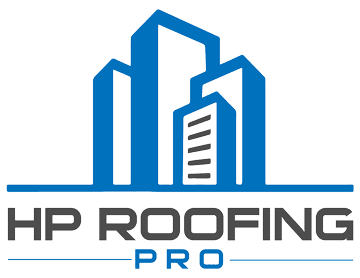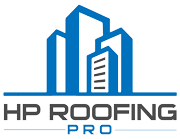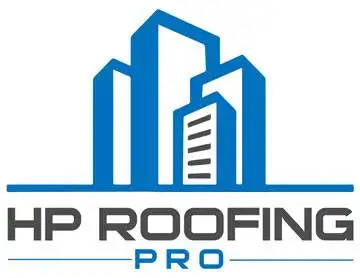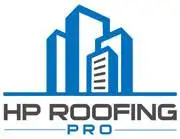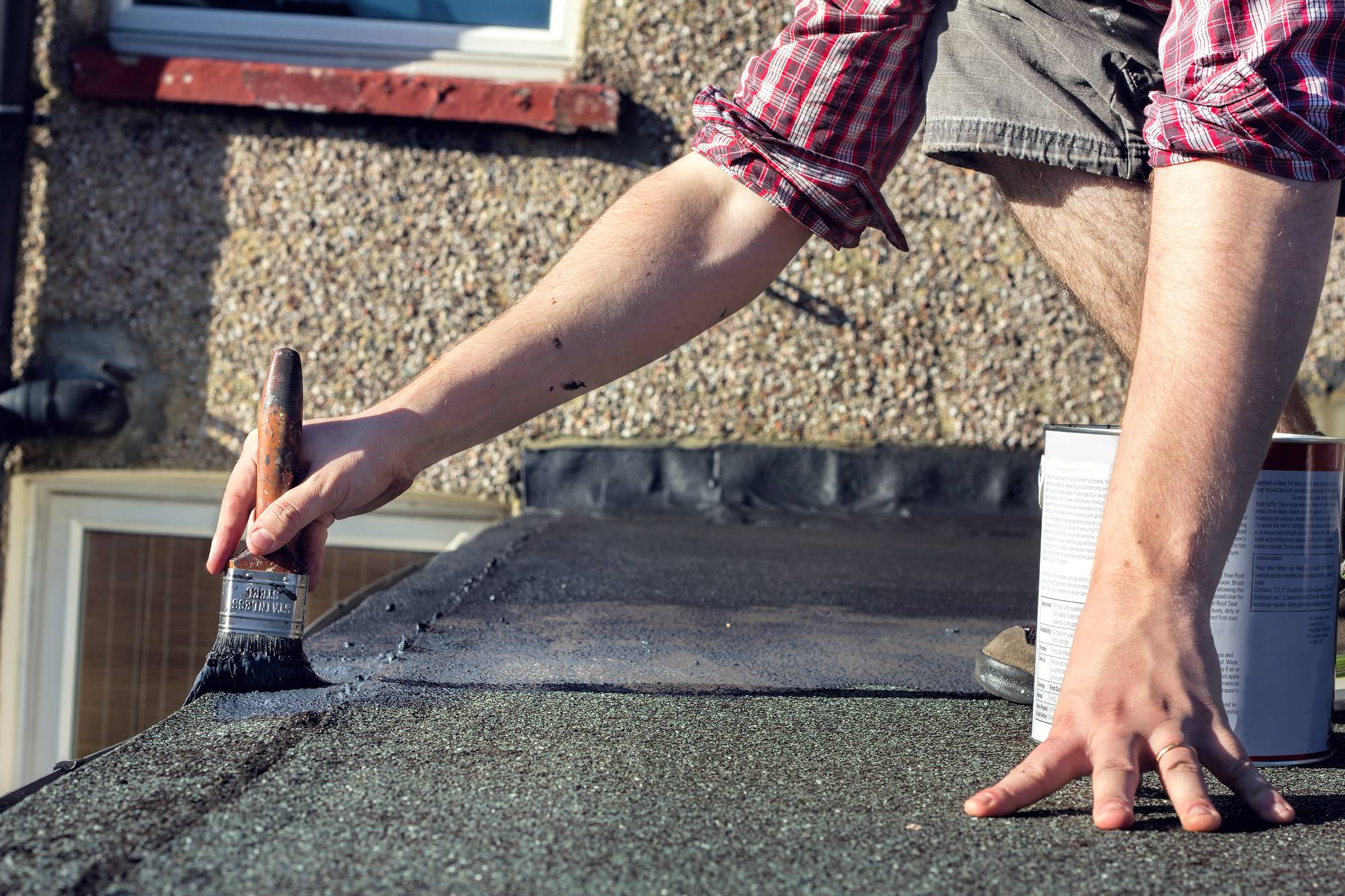Mon - Fri 7:00 am - 4:30 pm
601 South Palm Avenue, Alhambra, CA 91803
Posted by thomas ferriere No Comments on Commercial Roofing Orange County: A Guide to 3 Types of Flat Roofs Roofing
Commercial Roofing Orange County: A Guide to 3 Types of Flat Roofs
The average roof in America is designed to last roughly 30 years. Once it’s clear that your roof is approaching the end of its life, you need to start thinking of replacing it right away.
An old roof isn’t one of the projects you can put off, especially when that roof is on your business premises. A roof in bad shape isn’t only a danger to your staff and customers but also an eyesore that undermines your professional image.
Before talking to an expert in commercial roofing in Orange County, you need to decide which roofing style will suit your establishment best. In recent years, commercial flat roofs have become increasingly popular.
Read on as we take a closer look at some of the reasons for the increasing popularity of flat roofs for commercial buildings in Orange County. We’ll also outline the three top types of flat roofs in America today.
Why Invest in a Flat Roof?
Flat roofing systems offer perks that any commercial building owner would benefit from. Compared to other roofing systems, a commercial roof is significantly more affordable. One of the reasons for that affordability is that less labor and risk are involved in the installation project.
Flat roofs also have the potential for extra usable space. As long as you can easily access the roof, you can easily convert it into an outdoor space or lounge your clients can spend time in.
Flat roofs for Orange County businesses also take much less time to install, which means that you won’t need to shut down your business for a long time. Depending on the size of the roof, the entire project can take a day or two, meaning you don’t need to worry about shutting down operations for too long.
Another benefit of flat roofs is their straightforward maintenance. Generally, flat roofs don’t require frequent repairs. When they do, their flat surface makes it easy for the repair experts to get the job done without much of a hassle.
What Are the Common Types of Commercial Roofing in Orange County?
Orange County commercial roofs come in three major categories, based on the roof material. These are:
- Single-layer membrane roofs
- Built-up roofs
- Modified bitumen roofs
Let’s take a closer look at each of the roofing systems.
Single-Layer Membrane
The membrane roof constitutes one of the latest roofing technologies in the roofing world. Also known as elastomeric roof membrane, business owners in California highly prefer this roofing type. Currently, single-layer membrane roofs are available in several varieties, including:
- EPDM (ethylene propylene diene monomer)
- Neoprene (polychloroprene)
- PVC (polyvinyl chloride)
- Polymer-modified bitumens
EPDM is the most typical single-ply membrane material when it comes to commercial roofing.
Single-layer membrane roofing materials are generally installed as a sheet 0.030 to 0.060 inches thick. Generally, the contractor applies the material to the roof as a single layer, hence the name.
Because single-layer membrane flat roofs are made of synthetic polymer or rubber, they’re remarkably flexible. Thus, they can handle temperature fluctuations and impact excellently. Moreover, single-layer membrane roofs are easy to patch in the event of a leak.
Perhaps the most significant setback with this roofing type is that its standard black variety absorbs heat more than lighter varieties. The material is also more vulnerable to punctures compared to other choices.
Built-Up Roofing (BUR)
The built-up roof goes back over a century. That makes this roofing type one of the oldest flat roof varieties on the planet.
Contractors typically install BURs using a special kind of roofing felt embedded in bitumen. The material is generally applied using a hot mop.
Hot applied coal tar pitch or asphalt blend perfectly with the bitumen roof felt to create a monolithic membrane. The asphalt tar or roof felt layering is repeated until it’s two or more plies in thickness. The contractor then applies a surface of fine stone granules to the top layer to protect the roof from the elements and harmful UV radiation.
BUR is among the most highly resilient roofing materials out there. You can expect your roof to last well over 40 years. This type of flat roofing is also highly fire-resistant.
Despite their apparent strengths, BURs are pretty affordable.
A common complaint about built-up roofs is that they tend to be quite heavy. Thus, installation can be challenging. Moreover, these roofs can be messy and smelly to install.
Modified Bitumen Roofing
Modified bitumen roofs have been around since the 1960s. This type of flat roofing was meant as a replacement technology for flat BUR. The idea was to apply the proven BUR technology but add polymer reinforced cap sheets or roof wear layers.
Contractors typically install these roofs using various technologies, depending on the project’s specific requirements. The roof may be hot-applied, cold-applied, torch-applied, or self-adhered.
Due to the addition of the polymer in the cap sheet, modified bitumen roofing is more elastic and flexible. Some of the more commonly used polymers in modified bitumen roofing are styrene butadiene styrene (SBS) and atactic polypropylene (APP).
A major strength of the modified bitumen roofing system is that you can easily apply it yourself, especially if you’re using peel-and-stick material. The light-colored variations also do a great job, making investing in this type of roof one of the best ways to lower electricity bills.
Choose the Right Type of Flat Roof for Your Business
Flat roofs have become a popular option for business owners thinking of commercial roofing in Orange County.
Not only are these roofs considerably more affordable to install, but they come in a variety of options. That means you can always find a roof that suits both your needs and budget.
Are you interested in reliable commercial roofing services in Orange County? Please, contact us today.
Recent Posts
Categories
Recent Posts
Solar Leasing vs. Buying: What’s Best for Your Business?
Do you have any questions?
Contact us at The HP Roofing PRO office or submit a business inquiry online
Contact Us